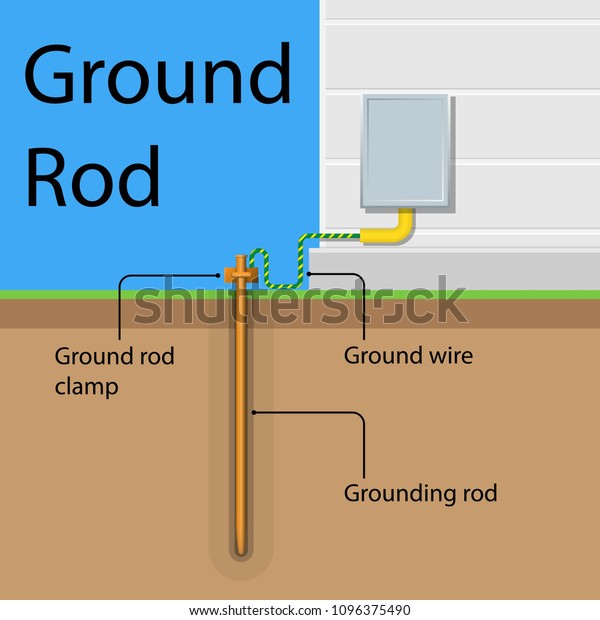How earthing is done?
Conductors are buried inside the earth and filled with some conducting material.
Every switchyard should bear the earthing system or earthing grid installation. Earthing grid provides personnel safety and protects the equipment from fault current or short circuit current by allowing fault current into the ground.

How the earthing system provides personnel safety?
At switchyard two types of potential or voltage can affect the person due to overcurrent and over voltage,but if switchyard consists of earhing it provides least resistance allows overcurrent into the ground.
Step potential.
At the time of earth fault or short circuit current,potential or voltage develop between two foot of the body.(Eg..if 1500A flow into 5 Ohm ground impedence it 7500v is develop between two foot)
Touch Potential.
In this situation potential or voltage,develop between electrical equipment (which carry fault current)and person's hands(who touches that equipment).
To avoid these two conditions,earthing grid are provided at each switchyard.It act as a earth mat for whole substation or switchyard.
Earthing On Electrical Equipment.
All the body of electrical equipment such as transformer, circuit breaker, Instrument transformer, Panel is commonly connected on earth-grid or earth rod through single bus conductor.

Neutral earthing system
If neutral of the electrical equipment such Power transformer(dyn11)is connected on earth rod then it is called neutral-earthing system.
Types are
1.Solid grounding.
2.Resistance grounding.
3.Reactance grounding.
4.Peterson coil grounding
DESIGN CONSIDERATION.
Earthing system plays an important role in the construction of switchyard, power system, Industry because of that reason IEEE standard-80, IS-3043 and IEC standard-60364 gave standardized guidelines to follow while designing earth grid.
According to Ieee standard some of the input required to design.
1. Up-normal current & duration.
2. Ground current & fault clearing time.
3. Soil resistivity.
4.Area of switchyard.
Three main aspects should be considered while designing the earth system.
I) Conductor cross sectional area(sqmm) should withstand faulty current and over voltage.
II) Grid sizing and spacing should be uniform.
III) Step potential and touch potential.

